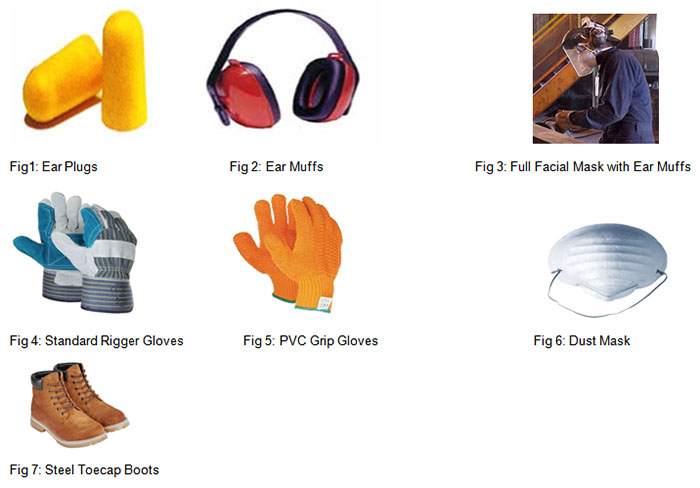|
To prevent accidents while carrying out any DIY, itis essential that the correct personal protective equipment (PPE) be used. PPE should be worn at every available opportunity. Anyone who works in the construction industry will be familiar with PPE, as on all sites there are minimum requirements for PPE that hastobe worn. Failure to comply could mean that you have tobere-inducted on the site safety rules, or removed from site if you are caught not wearing the recommended PPE.
What is COSHH?
COSHH is the law that requires employers to control substances that are hazardous to health. We come into contact with substances that are hazardous to our health on a daily basis without realising. While carrying out your DIY whether you are using plasterboard, paint or simply replacing skirting boards, you may be exposing yourself and others to harmful substances without knowing it. For example, dust from cutting the plasterboard, fumes from the paint or simply dust from sawing the skirting board to length.All items are labelled with manufactures instructions for their safe use. If you have any doubts contact the manufacturer.
Beware of Dusts, Fumes, Gases and Smoke
Many DIY products such as paints, glues, concrete and wood produce potentially harmful substances, and unfortunately wedon’t always notice them before wehave already breathed in more than we should. If you can’t swap the toxic substance for a non-toxic one, make sure your work area is well-ventilated and that you wear the right sort ofrespiratory protection / gloves / goggles. All manufactures supply a COSHH data sheet. This is where you are given all the relevant informationon the product that you are about to use. They also give you the correct PPE that is required when using the product.
House Keeping
Slips, trips and falls are a major contributory factor to accidents in the construction industries.
Accidents
Thousands of people each year use up valuable hospital resources when they accidently cut themselves or other people while carrying out DIY for example, when the tool slips.
-
Wherever possible cut resistant gloves should be worn, especially when using a sharp knife.
-
Wear steel toe cap boots or trainers when moving heavy items or working on vehicles, safety trainers are now extremely popular and offer valuable protection!
-
Safety Glasses/Goggles are a MUST when chiseling, drilling or cutting. Eyes are easily damaged and should be protected. If working in really dusty conditions goggles are preferred as they offer even more protection.
-
Gloves come in very useful when using a hammer; if you have ever hit your hand you will know that a pair of thick gloves can soften the blow.
-
Wear a dust mask in dusty conditions; respiratory problems are often extremely uncomfortable.
-
Wear ear defenders/earplugs whilst carrying out any noisy task. Whilst drilling, cutting, grinding if noise levels exceed over 85 decibels this can damage your hearing.
-
As a rough guide if you can’t hear someone talking to you from a couple of meters away you need ear protection.
Examples of Personal Protective Equipment (PPE)
There are lots of different types of PPE on the market these images are just a few examples.
If there is any doubt on what is needed for the task that you are about to undertake consult the manufacturer’s instructions.

|

